
A Quick Word About Character Design
Imagine you are given a piece of paper and a crayon and told to draw a fantastical creature of your own design. The result will probably be lacking in finer details, but chances are the gist of your design would be pretty clear to a casual observer.
Now imagine you are given the same task, but this time you are given a CAD super-computer. The result may well be more detailed, but if a passer-by was asked to describe your creation, would they find it any easier using this, or the crayon drawing?
Few of the most recognisable pieces of classic art owe their fame to the technical accuracy of the painting. Munch’s The Scream doesn’t adorn the walls of countless student halls because of technicalities of the brush-work. It is the idea, the implication of the piece, that makes it stand out.
In relatively early graphics based games, the simplistic tools on offer to artists resulted in some incredibly memorable and creative character designs. Despite his simplicity, Pac-Man remains one of games’ most recognisable characters, and Giygas, from 1994's Earthbound, more or less sets the bar for unrestrained character design.
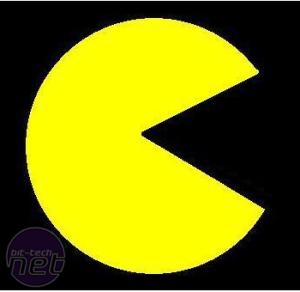
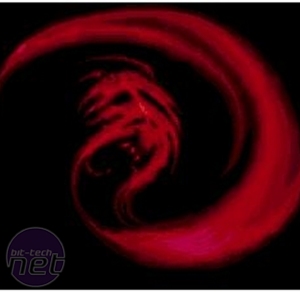
It seems to me that fewer and fewer of these classic designs seem to be from modern games. Personally, I place the blame for this squarely at the door of modern graphics engines. When every character has to be described in beautiful high-resolution, with every detail fully rendered for the player to see, simple bold ideas seem to be eschewed in favour of detailed, but ultimately bland, designs.
The ironic thing is that even a cursory glance at some of the world’s most recognisable images presents a clear fact: simple is memorable. Enduring game icons of the 90s such as Sonic and Mario still resonate today because of the fact they are simple, not in spite of it.
Modern triple-A titles seem almost scared of bold design: all the effort seems to go into the detail and photo-realism. I think it’s a sad state of affairs when the Tetris J-block from 30 years ago is more recognisable than the protagonists of the latest multi-million selling Call Of Duty sequel, especially given the hours which went into the creation of each.
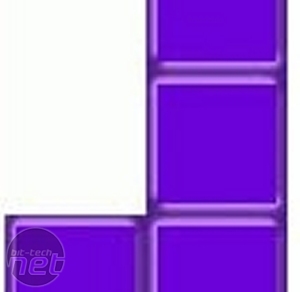
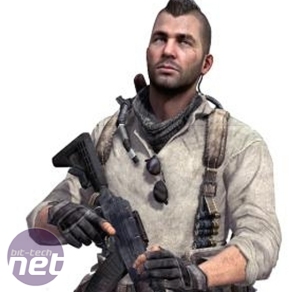
However, it is unfair to tarnish all modern games with the same brush – great character design does still live on, but it’s mostly found in the casual and indie world. Even staunch non-gamers will recognise an Angry Bird, and no other 10x10 block of green and black could ever scare as many grown adults as the face of Minecraft’s Creeper.
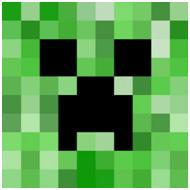
If these games can manage it, why not our AAA titles? Should we welcome a decline in graphics if it means we could have great character designs back in our games? At the very least, this: to those who are in the business of character design, there's nothing wrong, if you aren't already, in starting with a simple crayon.
Imagine you are given a piece of paper and a crayon and told to draw a fantastical creature of your own design. The result will probably be lacking in finer details, but chances are the gist of your design would be pretty clear to a casual observer.
Now imagine you are given the same task, but this time you are given a CAD super-computer. The result may well be more detailed, but if a passer-by was asked to describe your creation, would they find it any easier using this, or the crayon drawing?
Few of the most recognisable pieces of classic art owe their fame to the technical accuracy of the painting. Munch’s The Scream doesn’t adorn the walls of countless student halls because of technicalities of the brush-work. It is the idea, the implication of the piece, that makes it stand out.
In relatively early graphics based games, the simplistic tools on offer to artists resulted in some incredibly memorable and creative character designs. Despite his simplicity, Pac-Man remains one of games’ most recognisable characters, and Giygas, from 1994's Earthbound, more or less sets the bar for unrestrained character design.


Pac-Man: a classic piece of gaming design. Giygas: ...what?
It seems to me that fewer and fewer of these classic designs seem to be from modern games. Personally, I place the blame for this squarely at the door of modern graphics engines. When every character has to be described in beautiful high-resolution, with every detail fully rendered for the player to see, simple bold ideas seem to be eschewed in favour of detailed, but ultimately bland, designs.
The ironic thing is that even a cursory glance at some of the world’s most recognisable images presents a clear fact: simple is memorable. Enduring game icons of the 90s such as Sonic and Mario still resonate today because of the fact they are simple, not in spite of it.
Modern triple-A titles seem almost scared of bold design: all the effort seems to go into the detail and photo-realism. I think it’s a sad state of affairs when the Tetris J-block from 30 years ago is more recognisable than the protagonists of the latest multi-million selling Call Of Duty sequel, especially given the hours which went into the creation of each.


Name the games. Clue: one image is of an automaton with no discernable personality, the other is from Tetris.
However, it is unfair to tarnish all modern games with the same brush – great character design does still live on, but it’s mostly found in the casual and indie world. Even staunch non-gamers will recognise an Angry Bird, and no other 10x10 block of green and black could ever scare as many grown adults as the face of Minecraft’s Creeper.

Who’s feeling panicky?
If these games can manage it, why not our AAA titles? Should we welcome a decline in graphics if it means we could have great character designs back in our games? At the very least, this: to those who are in the business of character design, there's nothing wrong, if you aren't already, in starting with a simple crayon.

MSI MPG Velox 100R Chassis Review
October 14 2021 | 15:04









Want to comment? Please log in.